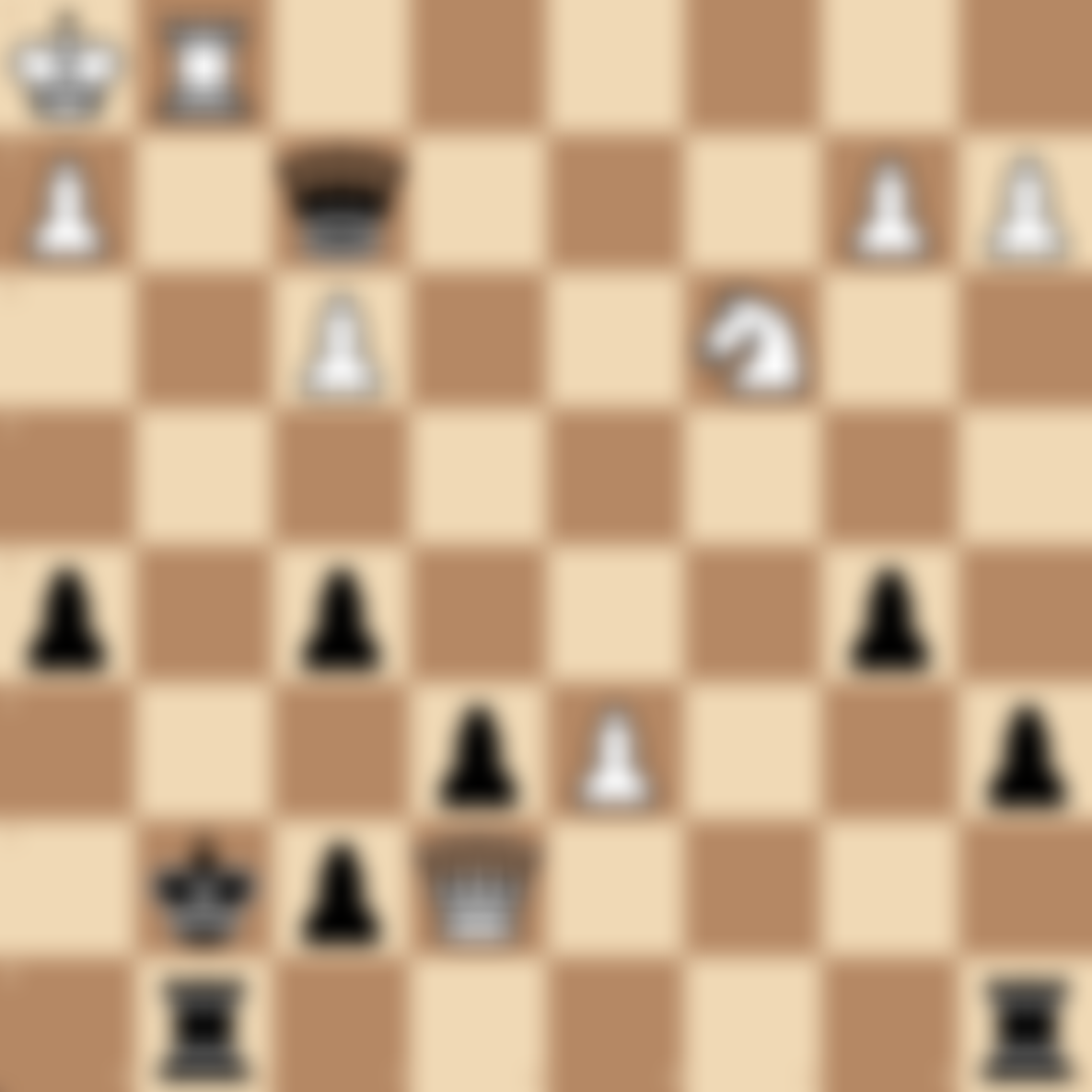Underpromotion in Chess: Strategy and Tactics
Table of Contents
- Introduction
- What is Underpromotion?
- Types of Underpromotion
- Strategic Reasons for Underpromotion
- Famous Underpromotion Examples
- Tips for Identifying Underpromotion Opportunities
- Practice Underpromotion Puzzles
- FAQs
Introduction
Underpromotion is a fascinating and often overlooked aspect of chess strategy. At chesspuzzles.io, we've created this comprehensive guide to help you understand, recognize, and effectively use underpromotion in your games. Whether you're a beginner looking to expand your chess knowledge or an experienced player aiming to refine your tactical skills, this guide will provide valuable insights into the art of underpromotion.
What is Underpromotion?
Underpromotion occurs when a pawn reaches the opposite end of the board and is promoted to a piece other than a queen. While promoting to a queen is usually the most powerful option, there are specific situations where promoting to a knight, bishop, or rook can be strategically advantageous or even necessary to win or draw a game.
Understanding and executing underpromotion is important for:
- Avoiding stalemate in winning positions
- Creating unique tactical opportunities
- Demonstrating advanced chess thinking and foresight
Types of Underpromotion
Promotion to a Knight
Knight promotion is the most common form of underpromotion. It's often used to:
- Deliver an immediate check or checkmate
- Fork multiple pieces
- Reach squares that a queen couldn't access
Promotion to a Bishop
While less common, promoting to a bishop can be useful to:
- Control long diagonals
- Avoid stalemate in specific endgame positions
- Maintain a strong pawn structure
Promotion to a Rook
Rook underpromotion is rare but can be valuable to:
- Avoid stalemate in rook endgames
- Control files without giving check
- Set up specific mating patterns
Strategic Reasons for Underpromotion
- Avoiding stalemate: Sometimes, promoting to a queen would result in a stalemate, while an underpromotion allows the game to continue.
- Immediate tactical advantage: In some positions, a knight or bishop can deliver a winning move that a queen cannot.
- Positional considerations: Underpromoting can sometimes lead to a better overall position, even if it's not immediately apparent.
- Psychological factor: Underpromotion can surprise and disorient opponents, potentially leading to mistakes.
Famous Underpromotion Examples
- The Saavedra Position: A famous endgame study where promoting to a rook is the only winning move.
- Lasker vs. Thomas (1912): Emanuel Lasker underpromoted to a knight to deliver a spectacular checkmate.
- Shirov vs. Topalov (1998): Alexei Shirov's brilliant bishop underpromotion led to a stunning victory.
Tips for Identifying Underpromotion Opportunities
- Always consider alternative promotions when a pawn reaches the back rank.
- Look for immediate checks or checkmates with knight promotions.
- Be aware of potential stalemate positions in endgames.
- Practice visualizing knight moves from the promotion square.
- Study famous underpromotion examples to recognize patterns.
Practice Underpromotion Puzzles
Improve your underpromotion skills with our collection of specially designed puzzles on chesspuzzles.io:
Try our Underpromotion Puzzles on chesspuzzles.io now
These interactive puzzles will help you recognize and execute underpromotion opportunities, enhancing your overall chess strategy.
FAQs
Q: How often does underpromotion occur in professional chess games? A: Underpromotion is relatively rare in professional play, occurring in less than 1% of games. However, recognizing these opportunities can be crucial in critical moments.
Q: Can underpromoting ever be a mistake? A: Yes, underpromoting when it's not necessary can be a mistake. It's important to carefully evaluate the position before deciding to underpromote.
Q: Are there any famous games where a player missed an underpromotion opportunity? A: Yes, there are several examples. One notable instance is the game between Gata Kamsky and Veselin Topalov in 2012, where Kamsky missed a winning underpromotion to a knight.
Master the art of underpromotion to add a powerful tool to your chess arsenal! Ready to test your skills? Try our Underpromotion Puzzles on chesspuzzles.io now and elevate your chess game to new heights.
